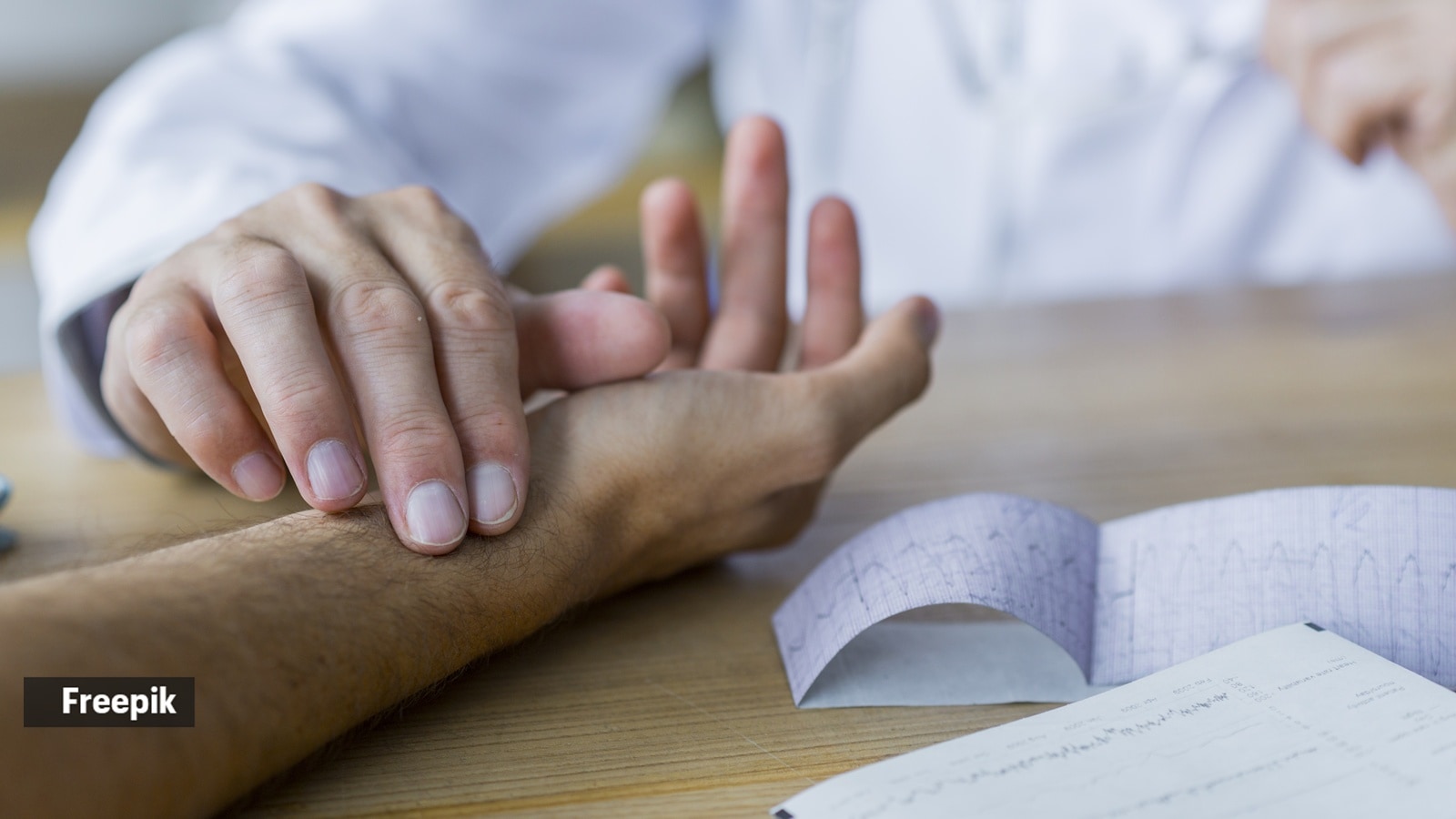Amitabh Bachchan is a megastar, but what also makes him unique is that he doesn’t have a pulse on his wrist. Yes, you read that right. In a throwback video doing the rounds on social media, Bachchan reveals why he doesn’t have a pulse on his wrist. “There is no pulse on my wrist. When accident happened during film Coolie in 1982, I was hospitalised. So, they used to prick every half hour to get the blood. Because of the cutting, the pulse has stopped working here on the wrist. Now I only have a pulse on my neck,” Bachchan said on Kaun Banega Crorepati season 13’s special episode featuring actors Additi Gupta and Maniesh Paul in 2021.
While it’s not extremely rare, having an undetectable or absent pulse in one wrist is certainly not common either, said Dr Narander Singla, lead consultant, internal medicine, CK Birla Hospital, Delhi.
“It usually occurs due to specific circumstances such as trauma, surgical interventions, or medical conditions affecting blood vessels. In most healthy individuals, pulses at standard points like the wrist are easily felt. However, due to injury or complications involving arteries, some people may have a weak or absent pulse without necessarily compromising overall health,” added Dr Singla.
In the actor’s case, the radial artery, the main artery responsible for the wrist pulse, may have been injured or compromised during the surgical repair. “As a result, his pulse is no longer detectable on that wrist. Such injuries can affect the blood flow or alter the anatomy, making it difficult or impossible to feel a pulse in the usual location,” explained Dr Singla.
 Did you know? (Photo: Freepik)
Did you know? (Photo: Freepik)
Are there more pulse points in the body?
Dr Singla said that pulse points in the body are areas where arteries run close to the skin’s surface, allowing you to feel the heartbeat.
Some of the central pulse locations include:
*Radial pulse: On the wrist near the base of the thumb
*Carotid pulse: On either side of the neck, beside the windpipe
*Femoral pulse: In the groin area
*Popliteal pulse: Behind the knee
*Dorsalis pedis pulse: On the top of the foot
*Posterior tibial pulse: Behind the ankle bone
Story continues below this ad
These different sites allow healthcare professionals to assess blood flow to various body parts.
How is the pulse checked?
Checking a pulse is a vital but straightforward clinical assessment. It involves placing your index and middle fingers over a pulse point and feeling for the rhythmic throbbing of blood.
“Once located, the beats are counted for a set period, typically 15 or 30 seconds, and multiplied to determine beats per minute (bpm). Doctors also assess the rhythm (whether it’s regular or irregular) and pulse strength. In some cases, additional tools like a Doppler ultrasound or pulse oximeter may be used for more precise readings,” said Dr Singla.
What to note?
Story continues below this ad
It should not be ignored if you or someone else cannot feel a pulse in one wrist. While it may not always be a cause for concern, especially if there’s a known history of injury or surgery, it’s essential to consult a doctor to determine the exact reason. “The absence of a pulse can sometimes indicate poor circulation, an arterial blockage, or nerve-related issues. Early evaluation can help rule out any serious underlying conditions,” said Dr Singla.
DISCLAIMER: This article is based on information from the public domain and/or the experts we spoke to. Always consult your health practitioner before starting any routine.



